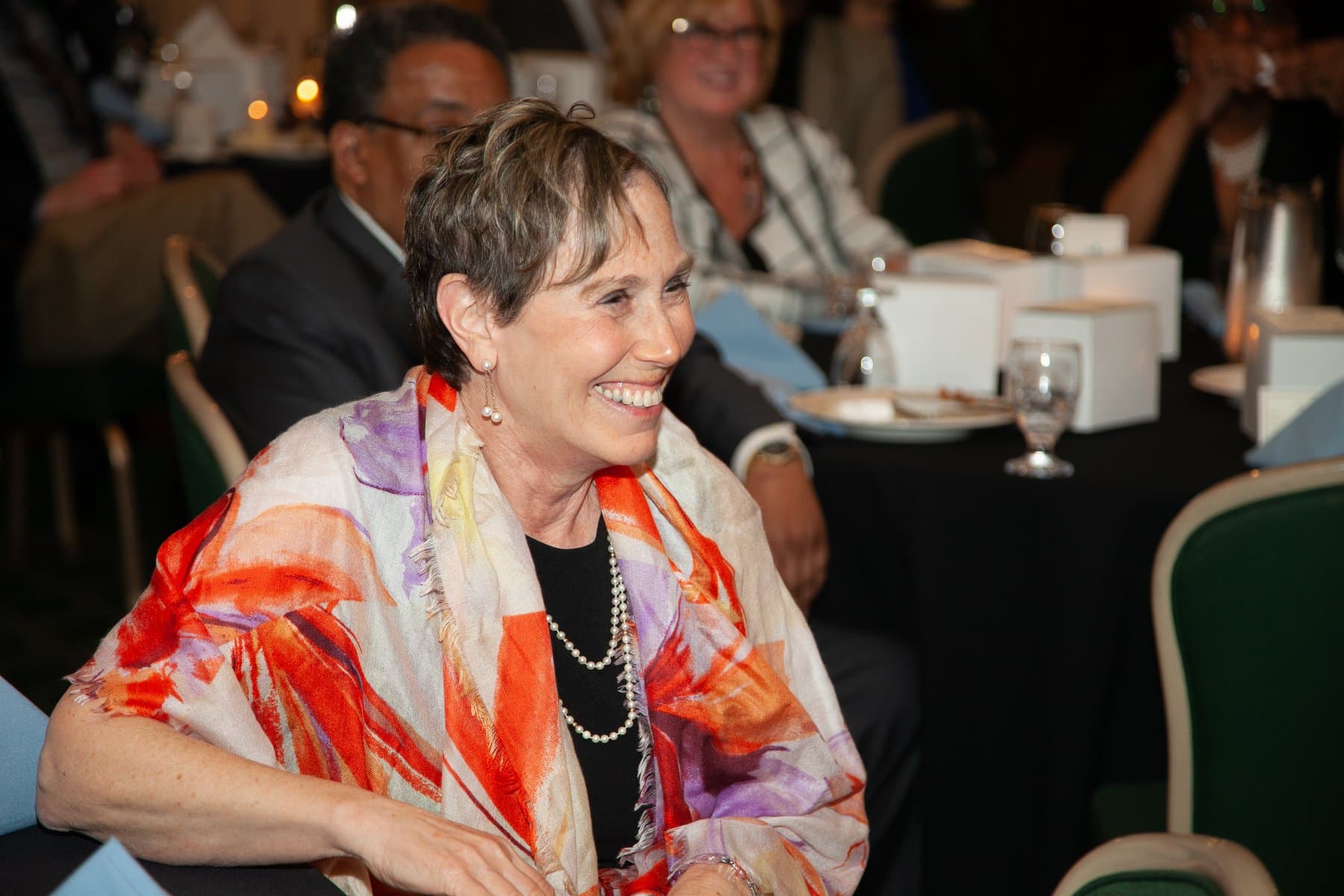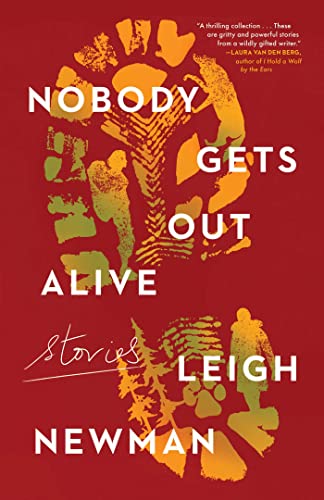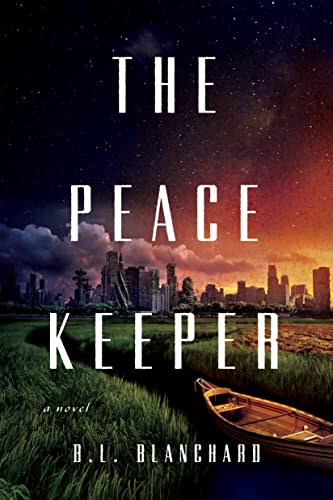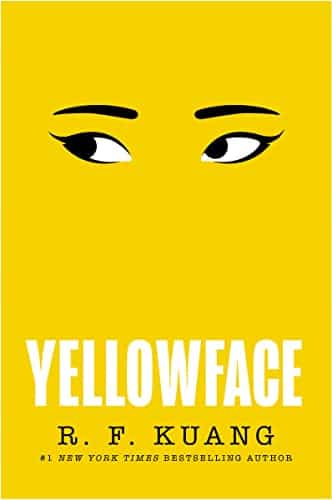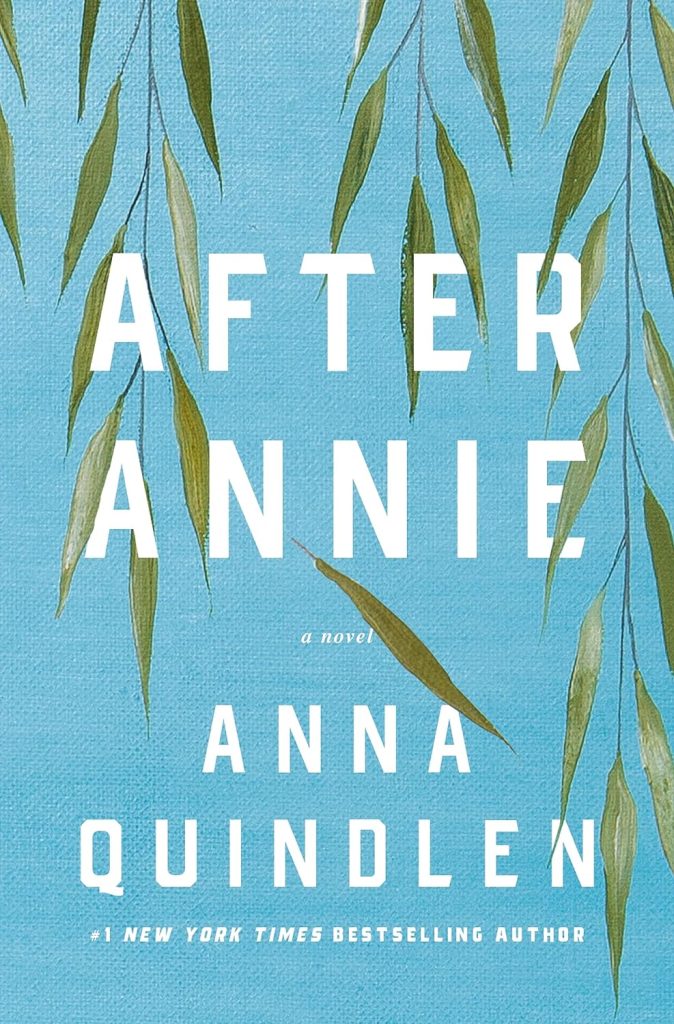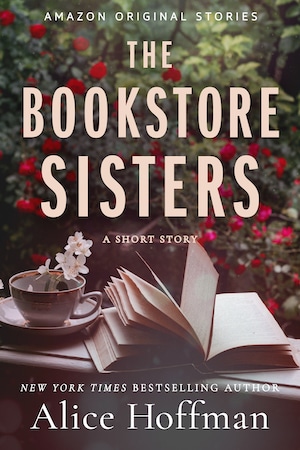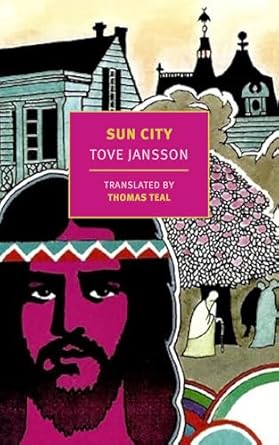Planning Our Wedding!
Estimated reading time: 12 minutes, 21 seconds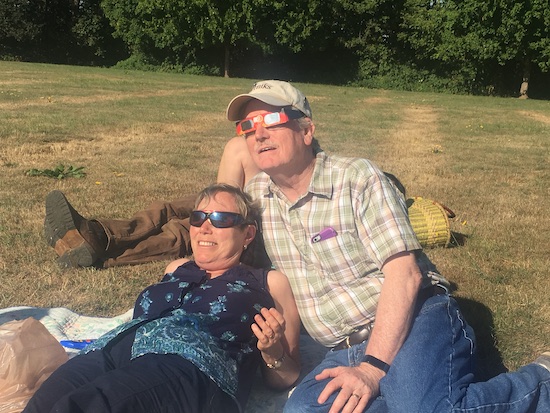
Wedding Ring Shopping
Jan asked me while we looked for wedding rings in a small jewelry store in East Williamsburg. “I’ve never seen you wear any rings or jewelry. Will you wear a wedding ring?” My initial response was to smile at Jan, but I knew she needed a verbal affirmative answer.
“I love you so much and want to be your husband more than anything in the world,” I exclaimed. “I will wear my ring day and night until the end of time!”
Jan and I kissed as the clerk looked down at the rings. We still had not selected a Rabbi to officiate at our wedding but decided to buy wedding rings.
Jan and I never had engagement rings, and I had lost my full-time job in January; and Jan’s contract with the NYC Board of Education ended in June, and it was uncertain if her job would be available for the new school year.
Thus, we had limited financial resources to purchase wedding rings.
“We have more money than love,” I explained to the jeweler. That does not mean we do not want lovely rings for our wedding.
The clerk nodded her head.
You are not alone,” she stated. “That is why we have a full range of prices and styles.”
“Thanks,” Jan said with a reassuring smile.
The clerk suggested we look in the cabinets on the far side, as that section had wedding rings that would match our price range.
“How about these rings,” said the clerk.
She showed us elementary gold bands with overlapping hearts. As we looked at them, Jan and I smiled at each other and knew that these were the rings for us.
Honey, the hearts will remind us how much we love each other, and the rings have enough hearts to share our love with family, friends, and the community,” I said.
Jan nodded and asked, “How much do the rings cost? Can we have our names and the wedding date engraved inside?
The clerk gave us a very affordable price and confirmed we could have Jan and Richard on August 9, 1975, engraved.
With the date inside the ring, you will never be able to forget the day we married,” Jan announced.
“I will never forget!”
We decided to buy them without looking at any others. Jan had a credit card, which I did not, and she quickly took care of the payment. As I had a savings account, I calculated how much I needed to move to our joint checking account to pay the bill when it arrived.
As we left the store, I said to Jan, “Wedding rings, even those made of gold, are merely metal and cannot speak; if they could talk, they would shout from the rooftop – I love you, Jan! We love the world!”
After almost 48 years, I recently lost my wife, Jan Lilien. Like The Little Prince, Jan and I believed that “The most beautiful things in the world cannot be seen or touched, they are felt with the heart.” This blog is a collection of my random thoughts on love, grief, life, and all things considered.
